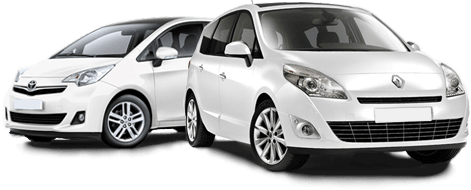1. On which side of the road do people in Oman drive?
People in Oman drive on the right-hand side of the road, and the driver's seat is on the left side of the car. It's essential to always stay on your side to avoid oncoming traffic.
2. What are the speed limits in Oman?
The general speed limit in Oman varies from 60 km/hr in residential and urban areas to 120 km/hr on most motorways and highways, but it's important to always stay observant as the limits may vary.
3. Do I need an international driving license to drive in Oman?
Visitors from most countries can use their domestic driving license to drive in Oman for up to three months. However, an International Driving Permit (IDP) is recommended for ease of identification and in case of emergencies.
4. Are there any toll roads in Oman?
Currently there are no toll roads in Oman. However, fees may apply for certain off-road terrains and mountain routes, so it's always best to plan your journey beforehand.
5. Do all cars in Oman have radars?
No, not all cars have radars installed. However, speed cameras are prevalent across Oman's highways and inner city roads. Exceeding the speed limit can result in hefty fines.
6. What are the standard driving rules and safety regulations in Oman?
Standard rules apply, such as not exceeding the speed limit, not overtaking from the right, giving way to cars on the left at roundabouts, and maintaining a safe distance from the car in front. Seatbelts are compulsory for all passengers and drivers.
7. Are petrol stations readily available in Oman?
Petrol stations are widely available across Oman, including remote areas. They usually offer both petrol and diesel fuels and are mostly self-service.
8. How good is the quality of roads in Oman?
The quality of roads in Oman is generally excellent, especially on the major highways and in metropolitan areas. Many rural roads are also well-maintained, but caution is advised when driving in desert or mountainous terrains.
9. Are parking spaces easily found in Oman?
Parking in Oman is typically hassle-free, with ample spaces available in most residential, commercial, and tourist areas. Some larger cities may use metered parking systems.
10. Do I need to carry certain documents while driving in Oman?
While driving in Oman, you should always have your driving license, car registration documents, and insurance papers. If you're a foreign national, carrying your passport is also essential.
11. What to do in case of a breakdown in Oman?
Oman has numerous roadside assistance services available round the clock. It's advised to have their contact numbers available for ease of access when in need.
12. Is off-road driving allowed in Oman?
Off-road driving is legal in Oman but should only be attempted in suitable vehicles, such as 4x4s, and with adequate preparation and precaution due to the challenging nature of some terrains.
13. What are the child safety rules in cars in Oman?
In Oman, it's mandatory for children under four years of age to be seated in an appropriate child safety seat. Children under 10 years are not allowed to sit in the front seat.
14. Are there any specific laws for elderly drivers in Oman?
There are no specific laws for elderly drivers in Oman, although it is recommended for elderly individuals to undertake regular medical examinations.
15. Can I use my phone while driving in Oman?
Using a mobile phone while driving is strictly prohibited in Oman, unless it’s through a hands-free system. Violations can result in substantial fines.













